Optimal Timing for Wood Strippings
Wood strippings are typically performed during specific seasons to maximize effectiveness and ease of handling. The timing depends on factors such as climate, wood type, and intended use. Proper scheduling can influence the quality of the material and operational efficiency.
Late spring and early summer are ideal for wood strippings due to drier conditions, which facilitate easier processing and storage.
Avoid performing wood strippings during heavy rain or high humidity periods to prevent mold and degradation of the wood material.
Warmer temperatures help in drying out wood faster, reducing moisture content and improving the quality of the strippings.
Wood harvested in winter tends to have lower moisture content, making it preferable for certain applications when processed during appropriate seasons.

Ways to make Wood Strippings work in tight or awkward layouts.
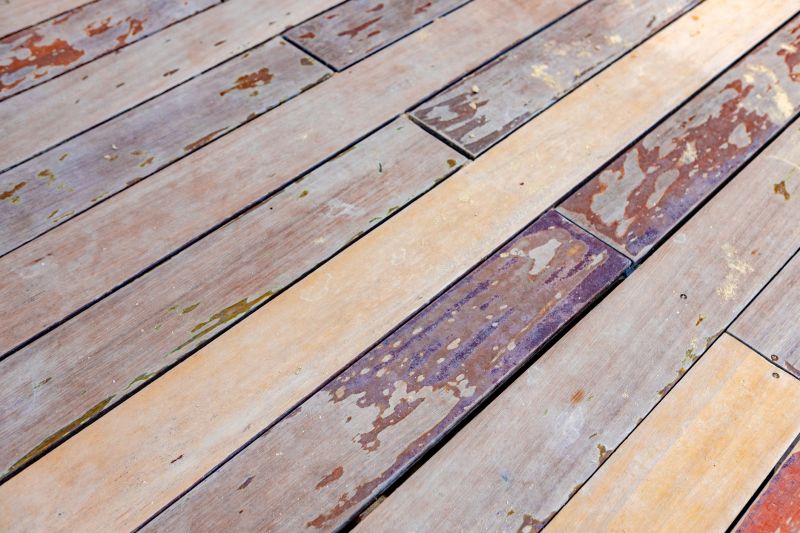
Popular materials for Wood Strippings and why they hold up over time.

Simple add-ons that improve Wood Strippings without blowing the budget.
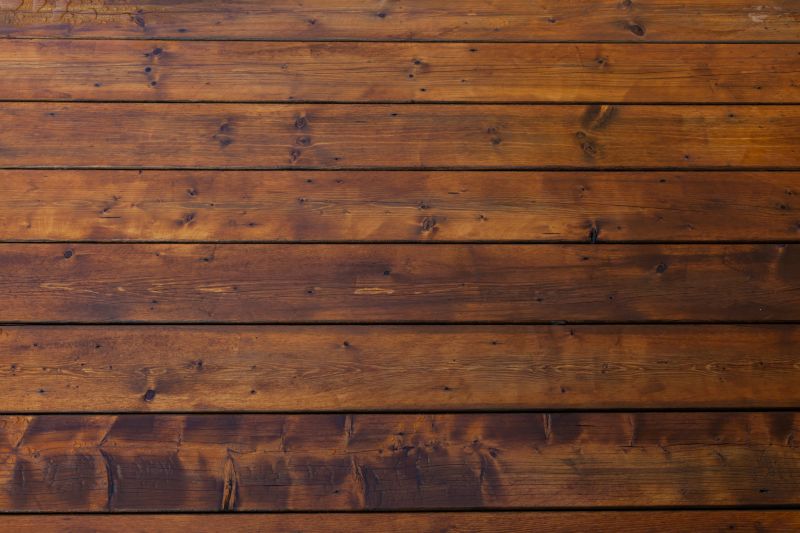
High-end options that actually feel worth it for Wood Strippings.

Finishes and colors that play nicely with Wood Strippings.
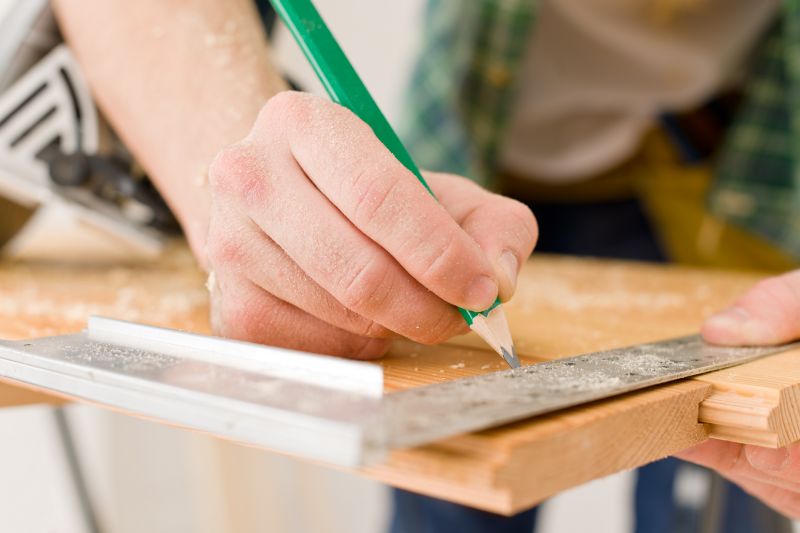
Little measurements that prevent headaches on Wood Strippings day.
Wood strippings involve the removal and processing of wood material, often used for mulching, landscaping, or biomass. The process includes cutting, chipping, and drying the wood to achieve the desired consistency and moisture level. Proper timing ensures the material's quality, ease of handling, and suitability for various applications. Seasonal considerations are crucial, as moisture content and weather conditions directly affect the efficiency and outcome of wood stripping activities.

A 60-second routine that keeps Wood Strippings looking new.

A frequent mistake in Wood Strippings and how to dodge it.
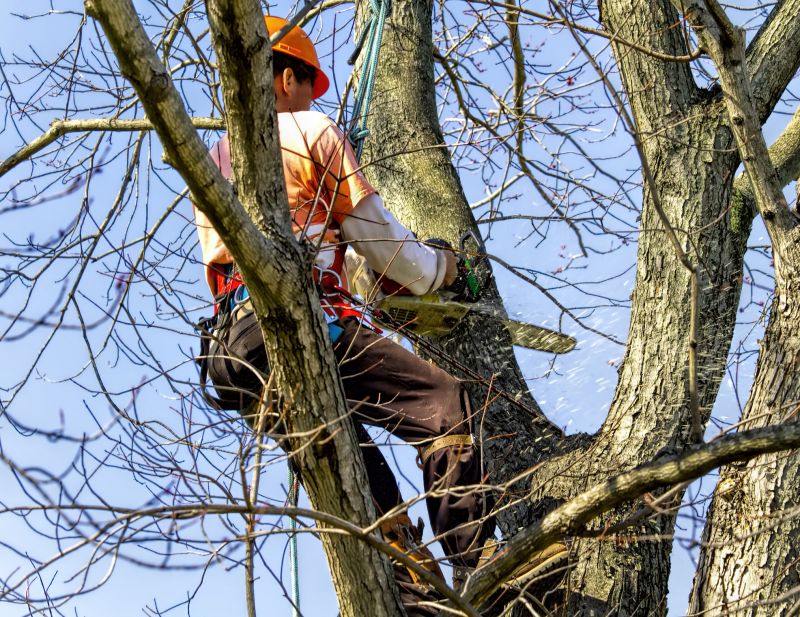
Small tweaks to make Wood Strippings safer and easier to use.
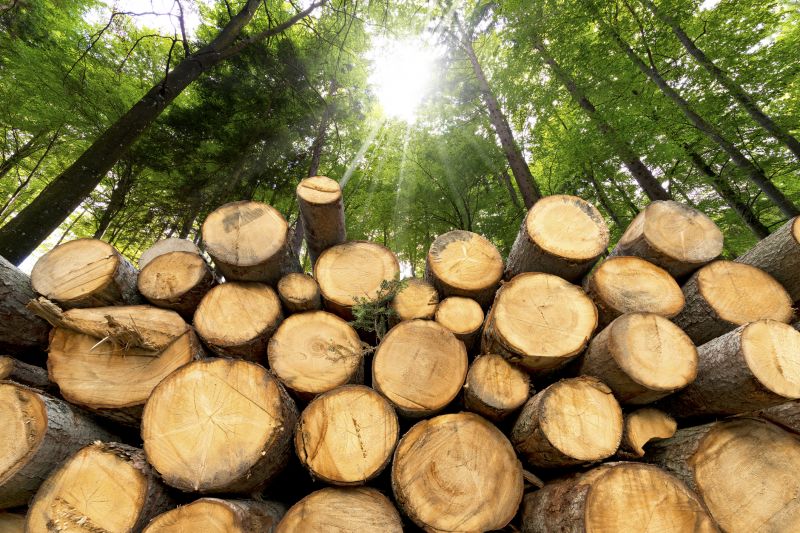
Lower-waste or water-saving choices for Wood Strippings.

The short, realistic tool list for quality Wood Strippings.
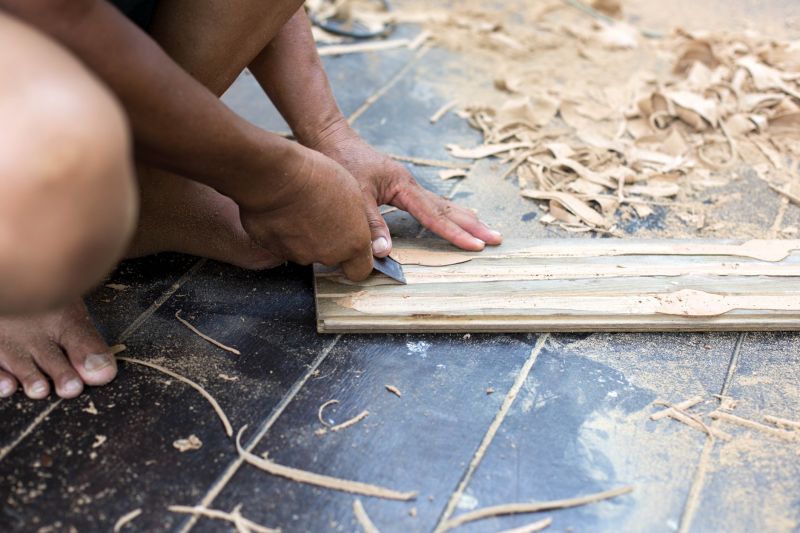
Rough timing from prep to clean-up for Wood Strippings.
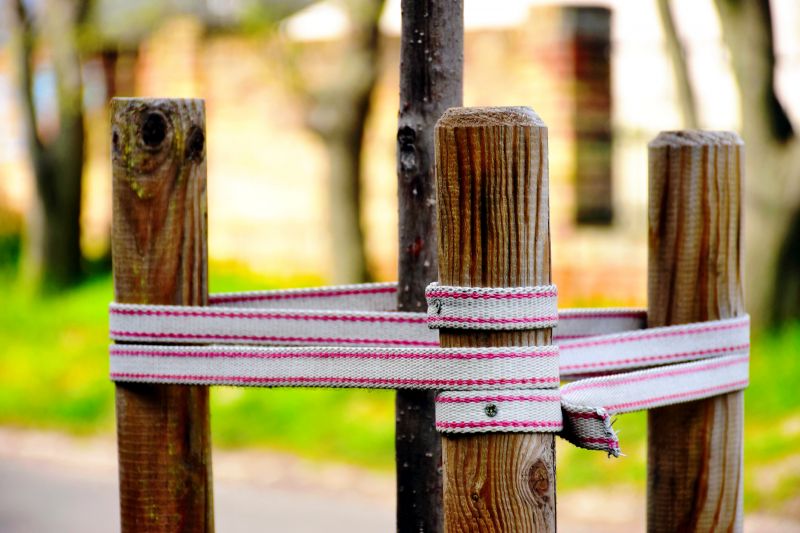
Quick checks and paperwork to keep after Wood Strippings.
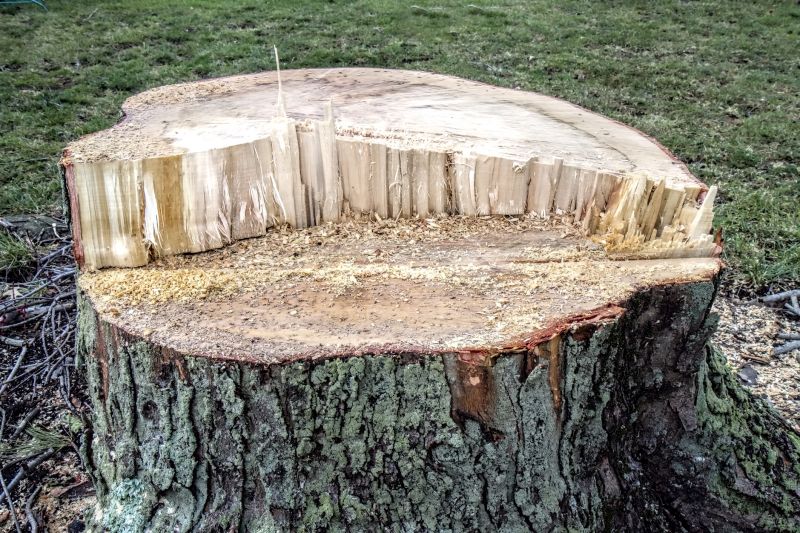
Examples that show the impact a good Wood Strippings can make.

Ways to make Wood Strippings work in tight or awkward layouts.
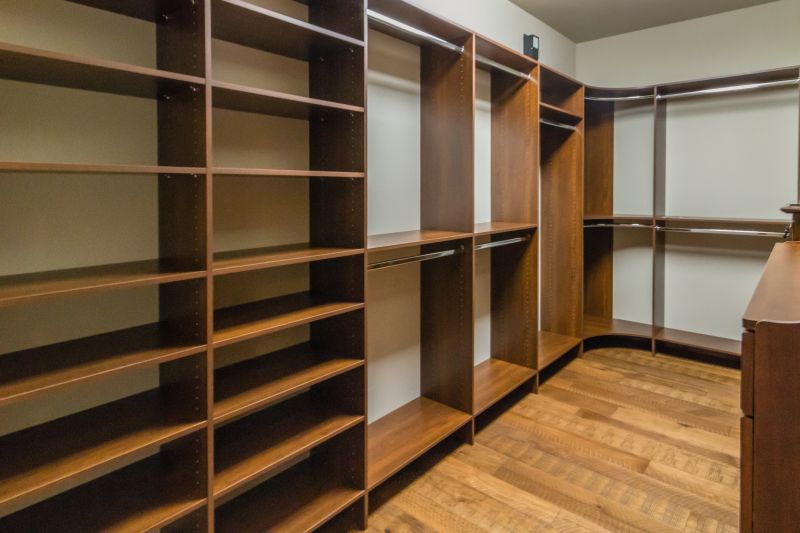
Ways to make Wood Strippings work in tight or awkward layouts.
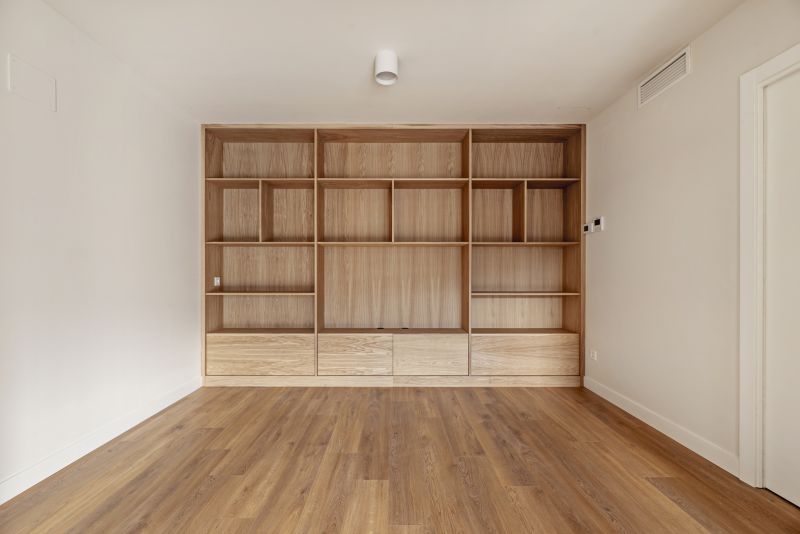
Ways to make Wood Strippings work in tight or awkward layouts.

Ways to make Wood Strippings work in tight or awkward layouts.
| Season | Best Practices |
|---|---|
| Spring | Ideal for dry, fresh wood; facilitates quick drying. |
| Summer | Suitable due to low moisture levels; avoid high humidity. |
| Fall | Good for harvesting; drying may take longer. |
| Winter | Low moisture content; best for certain applications. |
| Rainy periods | Avoid to prevent mold and spoilage. |
| High humidity periods | Delay stripping to maintain quality. |
